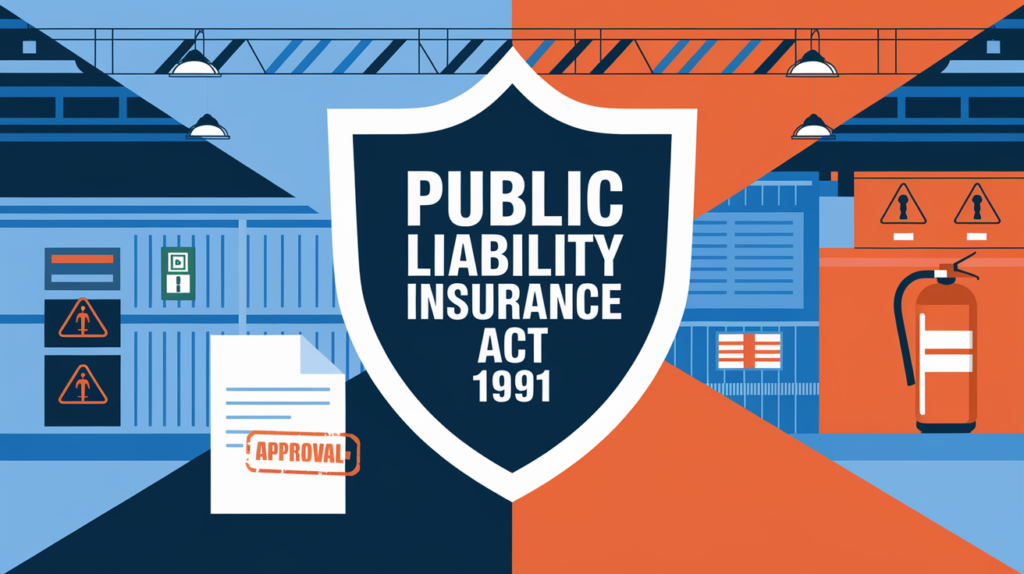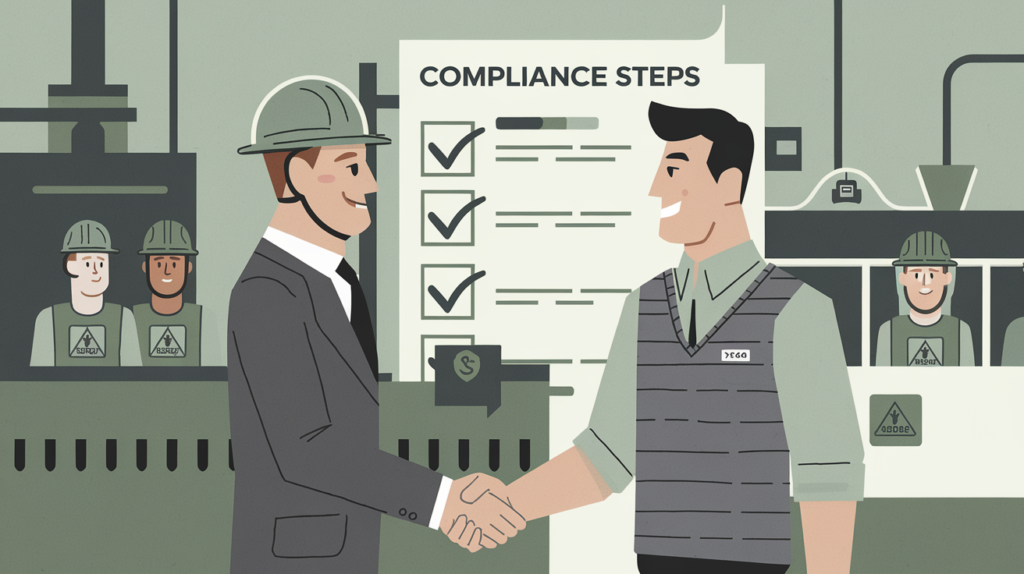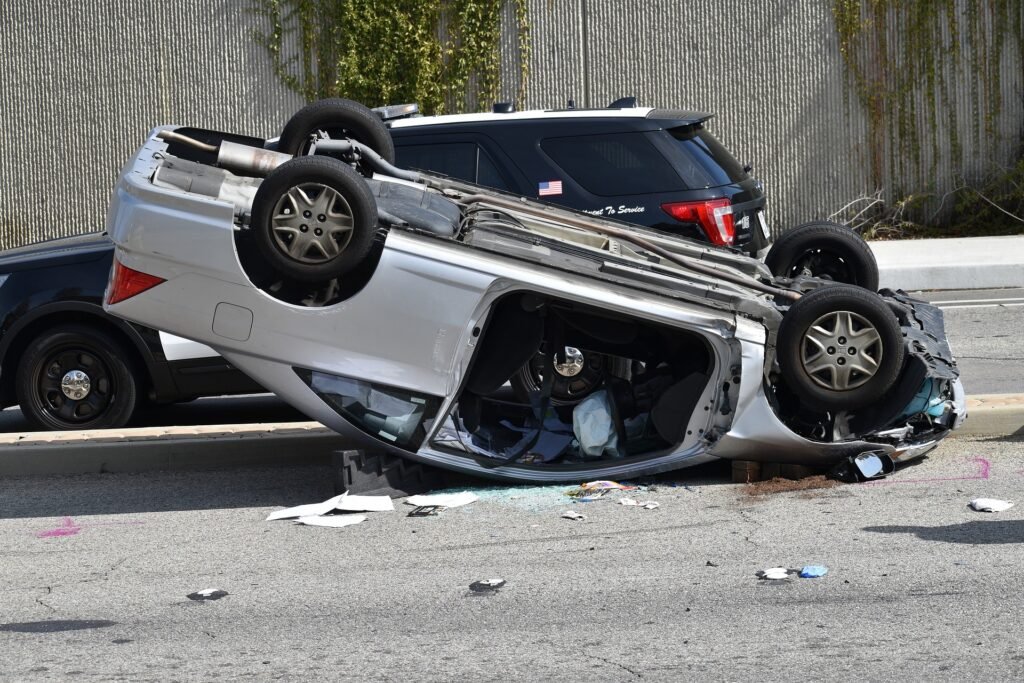Introduction to the Public Liability Insurance Act 1991
Imagine you’re running a factory, and a gas leak accidentally harms nearby residents. Who pays for their medical bills or property damage? This is where the Public Liability Insurance Act 1991 steps in. Enacted by the Indian government, this law ensures businesses handling hazardous substances compensate victims of accidents swiftly and fairly. But what exactly does it entail, and why should you care? Let’s break it down.

What Is the Public Liability Insurance Act 1991?
The Public Liability Insurance Act 1991 is a legal framework requiring businesses involved in hazardous activities to secure insurance coverage. This ensures victims of industrial accidents (like chemical spills or explosions) receive immediate financial relief without lengthy court battles. Think of it as a safety net for both businesses and the public.
Why Was This Act Introduced?
Before 1991, victims of industrial disasters often faced delays in compensation due to legal loopholes. The Bhopal gas tragedy (1984) highlighted the urgent need for a system prioritizing victim welfare. The Act was born to hold businesses accountable while protecting communities.
Key Objectives of the Public Liability Insurance Act 1991
The Act has three main goals:
- Provide prompt compensation to accident victims.
- Shift liability from individuals to businesses.
- Encourage industries to adopt safer practices.
Who Needs Coverage Under This Act?
Industries Most Affected by the Act
If your business deals with hazardous substances (e.g., chemicals, gases, or flammable materials), you’re legally required to comply. Industries like manufacturing, mining, and pharmaceuticals fall under this umbrella.
Small Businesses and Self-Employed Individuals
Even small-scale operators storing hazardous materials must follow the Public Liability Insurance Act 1991. A welding shop using acetylene gas? Yep, they need coverage too.
Understanding the Scope of the Act
What Does Public Liability Insurance Cover?
The policy covers:
- Medical expenses for injuries.
- Property damage repairs.
- Legal fees if victims sue.
Examples of Covered Incidents
- A factory fire damaging neighboring homes.
- Toxic waste leakage affecting local farmers.
Exclusions Under the Act
The Act doesn’t cover:
- Employee injuries (covered under Workers’ Compensation).
- Accidents caused by natural disasters.

How to Obtain Public Liability Insurance
Steps to Secure a Policy
- Assess your risk level (e.g., type of hazardous material).
- Compare insurers offering public liability insurance act 1991-compliant policies.
- Submit necessary documents (business license, safety protocols).
Comparing Insurance Providers
Look for insurers with quick claim settlement histories. Don’t just chase low premiums—reliability matters!
Legal Obligations for Businesses
Penalties for Non-Compliance
Ignoring the Public Liability Insurance Act 1991 can lead to:
- Fines up to ₹5 lakh.
- Imprisonment for up to 3 years.
Reporting Requirements
Businesses must report accidents to authorities within 48 hours. Delays can worsen penalties.
Claim Process Under the Public Liability Insurance Act 1991
How to File a Claim
- Notify your insurer immediately.
- Submit evidence (photos, police reports).
- Cooperate with investigators.
Common Challenges in Claim Settlement
- Disputes over accident causes.
- Underestimating compensation amounts.
Recent Amendments to the Act
In 2020, the government increased compensation limits and streamlined claim processes. Now, victims can receive up to ₹50 lakh for severe injuries.
Case Studies: Real-Life Applications
Successful Claims Under the Act
In 2019, a pesticide plant leak in Maharashtra affected 200 residents. Victims received ₹10 lakh each within 30 days, thanks to the Act.
Lessons Learned from Disputes
A 2016 case saw a factory owner jailed for falsifying safety records. Moral? Honesty is non-negotiable.
How the Act Protects Consumers
By mandating insurance, the Act ensures victims aren’t left stranded. It’s like forcing drivers to have car insurance—it protects everyone on the road.
Myths vs. Facts About the Public Liability Insurance Act 1991
- Myth: “Only big factories need this.”
Fact: Even small businesses handling hazardous materials are liable.
Future of Public Liability Insurance in India
With rising environmental awareness, stricter enforcement and higher coverage limits are likely. Green industries might see revised guidelines too.
Conclusion
The Public Liability Insurance Act 1991 bridges the gap between industrial growth and public safety. Whether you’re a business owner or a concerned citizen, understanding this law helps you navigate risks wisely. Stay covered, stay compliant!
Top 5 Budget Car Rental Options in Cairns Airport – 2025 Guide
FAQs
Who enforces the Public Liability Insurance Act 1991?
The Central Pollution Control Board (CPCB) oversees compliance.
Can a business operate without this insurance?
No—it’s illegal and risks heavy fines or shutdowns.
How long does claim settlement take?
Typically 30–90 days, depending on case complexity.
Does the Act cover third-party contractors?
Yes, if their work involves hazardous substances on your premises.
Are NGOs exempt from this Act?
No—any entity handling hazardous materials must comply.

